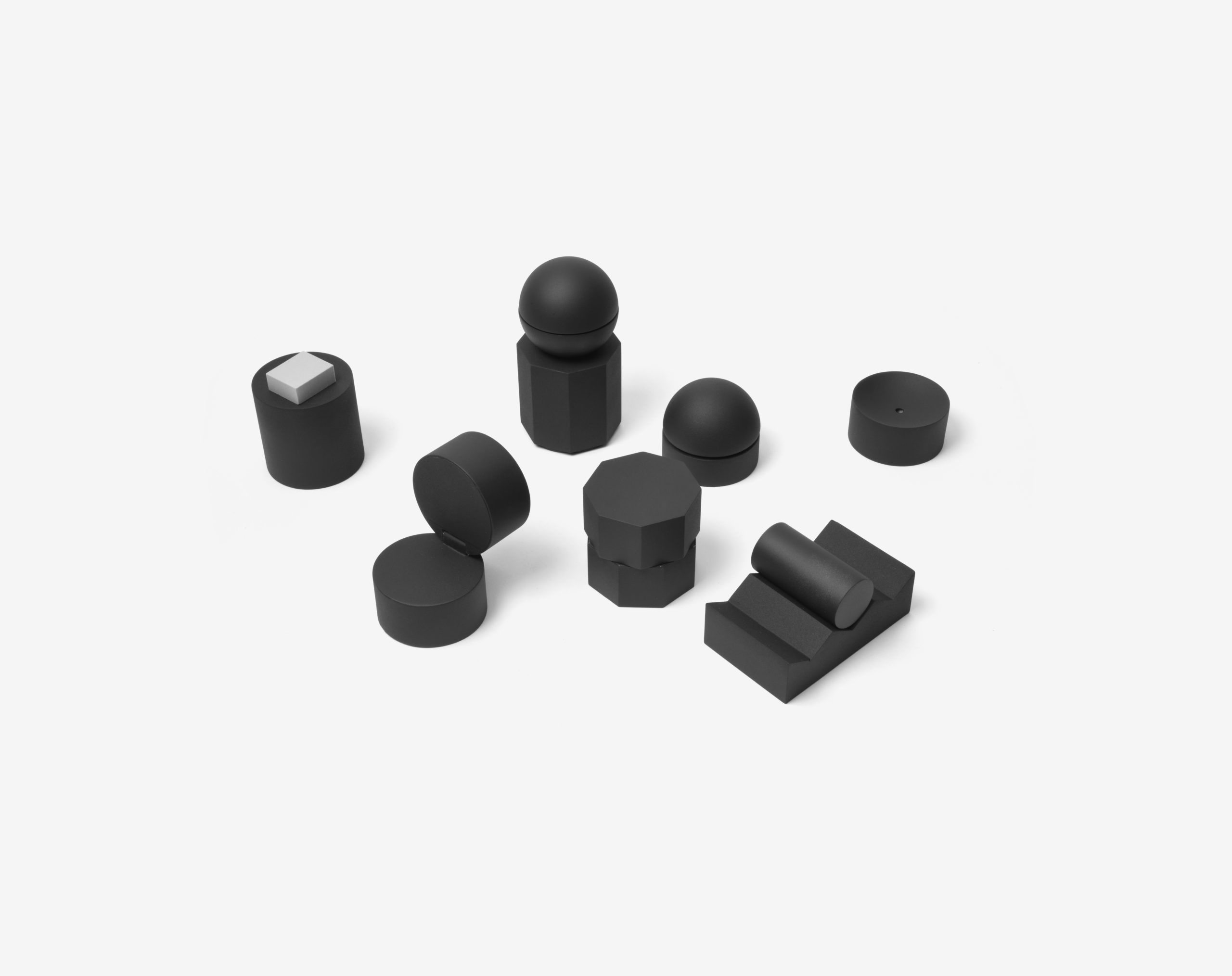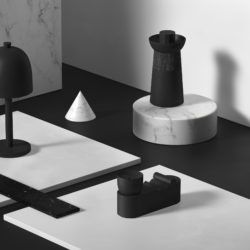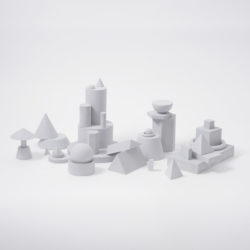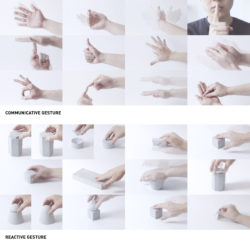SHAPE OF GESTURE
Description
SHAPE OF GESTURE is an experimental design process that attempts to capture the casual gestures that are so prevalent in our daily lives and combine them with the product interface. As a result, a new interaction language was created instead of a single product design.What is the Topic?
Although the form of user interfaces has gradually been unified through the emancipation of technology - from physical buttons to integrated screens or intangible voice commands - the structure of interaction has hardly changed. On the contrary: as users, we always have to read thick manuals and recognise and execute even more icons or boring commands. But when we see an object in everyday life and still think about how to grasp it, our hands have already performed the right operation (pull a ring or turn a knob). Or when we talk to others and the sentences are still ordered in our head, our hands are already expressing our thoughts. The hands "think" faster than the brain. What if we use these gestures instead of buttons or icons to manipulate and control the products? Will this make interaction processes more intuitive? Or perceived less as a burden?
Why does it look like this?
In this project, eight gesture-operation modules will be designed as gesture-operation principles, covering the twelve most universal actions. These operations are selected according to the frequency of use of the home appliances. Three product examples will be designed as applications to show how the gesture-operational principles could guide further product design. Casual gestures are divided into two categories: communicative gestures (which are intentionally and meaningfully generated by a person as a means of intensifying or modifying speech) and reactive gestures (which imply information about the speaker as a human being, or as a reaction to inputs from the physical world). In this project, communicative gestures are collected from universal, culturally related references. Reactive gestures are recorded in the form experiment. During the experiment the participants were asked to touch and play with different geometric shapes. In the next step, the specific operations and gestures are combined if both have similar semantics. After the corresponding gesture interaction the form of the gesture-operation modules was designed.
What is special?
Normally, buttons and icons are designed as product interfaces so that users can logically recognise the operations. The project SHAPE OF GESTURE tries to break through this mode of interaction, to take TOUCH as an instinctive and emotional movement on and with the things around us as an important parameter. The project re-conceives product interaction from the perspective of gestures, which is considered to be the most intuitive language already learned with the body and used unconsciously in our daily routine. Compared to simply pressing (how we interact with buttons), SHAPE OF GESTURE offers more tangible interaction possibilities that reduce learning effort, provide immediate tactile feedback and enrich the user experience. This has resulted in a new, consistent interaction logic that is not limited to a single product, but can be applied to all home appliances.
What is new?
In the usual product design process, the shape of the entire product is designed first, then the designers start to design the product interface or detailed interactions. In SHAPE OF GESTURE the interaction and the tangible interfaces are the starting point of the design, which are used as references to the specific product design.




